What are the guidelines for preparing the brief lesson "Nghệ thuật truyền thống của người Việt"? What are the levels of general education in Vietnam?
What are the guidelines for preparing the brief lesson "Nghệ thuật truyền thống của người Việt"?
Students may refer to the following guidelines for preparing the brief lesson "Nghệ thuật truyền thống của người Việt":
Guidelines for preparing the brief lesson "Nghệ thuật truyền thống của người Việt"
Question 1: What do you know about traditional Vietnamese art? Share your impressions about an aspect of this invaluable spiritual heritage that interests you.
Traditional Vietnamese art is highly diverse, deeply reflecting the culture, history, and spiritual life of the nation. Some prominent fields include temple architecture, folk paintings, wood sculpture, lacquer art, ceramics, ca tru singing, cheo opera, tuong opera, and water puppetry.
One aspect of art that I find most intriguing is Vietnamese folk painting, particularly the Dong Ho paintings. This art form not only embodies aesthetics but also contains deep philosophical values, customs, and national spirit. Paintings such as "Rat Gathering," "Pigs," and "Rooster" not only hold aesthetic value but also symbolize the people's desire for abundance, happiness, and peace in ancient Vietnam. The use of natural colors from plants, shells, soil, and wood creates a simple yet sophisticated beauty.
Dong Ho paintings not only bring joy during festive occasions like Tet but also help preserve folk culture, enabling future generations to understand more about the past and the traditional values our ancestors left behind.
Question 2: In today's context of international exchange, how do you feel about the existence of values passed down through generations?
In the current context of globalization, cultural exchanges between countries are increasingly robust, leading to many changes in lifestyle and aesthetic perspectives. However, traditional values still hold an extremely important role, not only as the foundation for national identity but also as a bridge connecting the past, present, and future.
Although the modern world introduces many new values, if we do not preserve traditions, we risk losing ourselves in the flow of foreign cultures. Heritage like ancient architecture, folk art, traditional festivals, or national literature are treasures that need to be preserved and developed.
I believe that for traditional art to exist and prosper in the new era, there must be a harmonious combination of the old and the new. We can learn and absorb essences from other cultures, but simultaneously find creative ways to turn cultural heritage into a part of modern life. For instance, Vietnamese artisans nowadays have innovatively adapted Dong Ho folk paintings into modern products like greeting cards, calendars, and traditional ao dai dresses, allowing this art to continue thriving in the public consciousness.
Reading the Text: Traditional Vietnamese Art
Question 1: What is the main information presented in the topic sentence of the paragraph?
The main information of the paragraph is that Vietnamese art deeply reflects the temperament, tastes, and beliefs of the nation. Art is not simply a creative aesthetic expression but also shows the cultural identity and spirit of the nation, influenced by religion, history, climate, and the aesthetic tastes of the Vietnamese people.
Question 2: What factors have influenced Vietnamese art?
Vietnamese art is influenced by multiple factors, including:
- Religion and beliefs: Buddhism, Taoism, and Confucianism have had a strong influence, creating many unique architectural works and decorative motifs.
- Confucianism and the examination system: Shaping art rules associated with majesty and solemnity, serving kings and officials.
- Weather and climate: Tropical monsoon climate affects the quality of artistic works, requiring the Vietnamese to choose appropriate materials.
- Aesthetic tastes of the Vietnamese: Favoring subtlety, elegance while maintaining symbolic significance, as reflected in home decoration, objects, and jewelry.
- History and wars: Wars and natural disasters have destroyed many architectural works and artworks, disrupting artistic development.
Question 3: What has affected the preservation of Vietnamese art heritage?
The preservation of Vietnamese art heritage faces many challenges due to:
- Perishable materials: Most architectural works and artworks use wood, bamboo, and baked clay, which are not durable in the tropical humid monsoon climate.
- Wars and political instability: Many art heritages were destroyed due to fires, wars, and unrest, leaving very few remaining structures.
- Time and environment: Metal works like bronze, iron, gold, and silver also cannot last long due to oxidation and decay over time.
Despite this, many prominent works still exist, such as the Hue Citadel, Confucius temples, Tran Vu statues, and Phat Tich Pagoda, helping future generations understand more about Vietnam's traditional art.
Question 4: According to the author, what is the outstanding creative tendency of Vietnamese art?
The outstanding creative tendency of Vietnamese art is to focus on expressing spirit rather than replicating reality. Vietnamese artists do not strive to re-create the world accurately but seek to express the essence and spirit inherent in things.
They avoid sensuality in art, not emphasizing physical beauty but pursuing spiritual beauty.
Symbolizing objects: For example, the crane and deer symbolize longevity, bamboo represents morality, and the plum tree symbolizes spiritual strength.
Folk paintings convey moral teachings: They not only depict beauty but also encourage labor, honor filial piety, and praise virtues.
Question 5: What are the characteristics of Vietnamese architecture? How are these characteristics specifically manifested?
a) Characteristics of Vietnamese architecture:
- Tendency to exhibit grandeur and mystery while ensuring symmetry and balance.
- Close integration of architectural space with nature, creating a sense of closeness to the environment.
- Serving religious and belief needs, especially in building temples, pagodas, and tombs.
b) Specific characteristics in constructions:
- Space arrangement:
- Temples and pagodas have large spaces for organizing ceremonies, processions, and festivals.
- The arrangement of courtyards, altars, and verandas creates a gradual progression to sacred places.
- Roof and supporting column design:
+ Roofs have a tendency to slant downwards, with curved corners to withstand storms and heavy rains.
+ Supporting columns made of sturdy wood, intricately carved, reflecting the artisans' skill.
- Application to tomb architecture:
+ In Vietnam, tombs are highly regarded, particularly those of kings and officials.
+ The mausoleums in Hue are a prime example of tomb architecture, combining construction, landscaping, and spiritual elements.
Question 6: What notable points does Vietnamese sculpture have?
Vietnamese sculpture possesses the following outstanding features:
- Focused on wood sculpture:
- The Vietnamese primarily create with wood, as stone is rare and uncommon in daily life.
- Elaborately crafted wooden statues, especially those of monks in Phap Vu Pagoda, Tay Phuong Pagoda, Keo Pagoda, But Thap Pagoda.
Limitations on stone and metal in sculpture:
- Stone is mainly used in officials' statues placed in front of tombs, stone steles, and temple staircases.
- Metals such as bronze, iron, gold, and silver are used for casting large statues, like the Tran Vu statue in Hanoi.
Bronze casting art developed early:
- Numerous bronze items dating back to the Dong Son era, such as bronze drums and vats.
- Large works like the four bronze vats in Hue, the bronze Tran Vu statue, are evidence of the high crafting skills of the Vietnamese.
⟶ Vietnamese sculpture bears the influence of spiritual elements, serving beliefs and focusing more on spirit than realism.
Responding to Questions: Traditional Vietnamese Art
Question 1: Through reading the text and the information provided in the introduction, how do you understand the author's writing purpose? Which sentence or paragraph in the text helps you recognize this?
The author's purpose in writing this text is to affirm the values and characteristics of Vietnamese art while helping readers gain a deeper understanding of the cultural, historical, and religious influences on this art form. The author not only describes Vietnamese art but also analyzes the factors affecting its formation and development, showing pride and respect for the nation's artistic heritage.
Sentences that clearly express the author's purpose include:
"In Vietnam, art, more than any other field, is the deepest expression of the people's temperament."
"Vietnamese art, first and foremost, has a religious nature. It distinctly reflects the diverse beliefs of the nation."
These sentences affirm that Vietnamese art is not merely simple beauty but also a reflection of the nation's soul, spirit, and history.
Question 2: Draw a diagram summarizing the main information of the text.
A summary diagram can include the following main points:
Vietnamese Art – A Reflection of National Spirit
├── Influences from Cultural – Historical Factors
│ ├── Religion: Buddhism, Taoism, Confucianism
│ ├── Confucianism and Examination System
│ ├── Climate and Weather
│ ├── Wars and Politics
│ └── Popular Aesthetic Tastes
│
├── Main Fields of Art
│ ├── Architecture (temples, tombs, palaces)
│ ├── Sculpture (wooden statues, stone statues, bronze casting)
│ ├── Folk Paintings (Dong Ho, Hang Trong)
│ ├── Decorative Art (carvings, lacquer, ceramics)
│ └── Visual Art (statues, steles, spiritual items)
│
├── Characteristics of Vietnamese Art
│ ├── Inclined towards symbolism and spirit rather than realism
│ ├── Linked to beliefs and ethics
│ ├── Harmoniously integrated with nature
│ ├── Emphasizes subtlety, simplicity, but depth
│ └── Architecture with horizontal characteristics, curved roofs, using natural materials
Question 3: Identify and analyze the effects of the descriptive, expressive, and argumentative elements used in the text.
- Descriptive Elements
The author uses detailed descriptions of architectural works, sculptures, and paintings to help readers vividly imagine Vietnamese art.
Example: “The rooftop, gate pillars, and screens are all decorated with bright colors, often vivid but harmonious with the colors of the landscape.”
Effect: It helps readers appreciate the specific beauty of Vietnamese art, from colors to shapes.
- Expressive Elements
Expresses respect, pride for national art.
Example: “Vietnamese people know how to create an aesthetic look for the most ordinary items made of metal, wood or bamboo.”
Effect: Arouses love and awareness to preserve traditional art.
- Argumentative Elements
The author provides arguments and insights into the influence of religion, politics, and history on art.
Example: “Vietnamese art, first and foremost, has a religious nature. It distinctly reflects the diverse beliefs of the nation.”
Effect: Helps readers understand the deep causes of the formation and development of Vietnamese art.
Question 4: What is noteworthy about the presentation of specific objects in the text? What can you conclude about the way information is deployed in an informative text?
- Noteworthy Points:
The text systematically and logically presents information, from the general (the overall Vietnamese art) to the specific (fields such as architecture, sculpture, folk painting).
Each art object is described in detail, along with analyses of sources, influences, and characteristics.
- Lessons on Information Deployment:
When writing an informative text, it's essential to build a clear, coherent structure.
Using specific examples for illustration helps readers visualize better.
It’s crucial to combine different presentation methods (description, argumentation, analysis) to highlight the value of the study subject.
Question 5: Mention and analyze one observation you found most meaningful from the text. Why are you particularly impressed with this observation?
Most meaningful observation: “Artists do not tend to recreate reality accurately and fully. They eliminate sensuality from their works. For them, spirit is everything.”
Analysis: This observation highlights a unique characteristic of Vietnamese art: it does not replicate reality but focuses on expressing spirit, thought, and symbolic meaning.
Vietnamese art is highly symbolic, a fact clearly shown in statues, temple architecture, and folk paintings.
Reason for being impressed:
Because it helps me understand that Vietnamese art is not just about outward beauty but also embodies the soul and philosophy of the nation.
This observation also underscores that art can convey moral values and thoughts, not only serve aesthetics.Question 6: Compare the information presented by scholar Nguyen Van Huyen in the text with a Vietnamese art work or architectural monument you know, and from there draw comments on the preservation or innovation of the characteristics and traditional spirit in that work or monument.
- Monument for comparison: Van Mieu – Quoc Tu Giam (Hanoi)
- Preservation of tradition:
- The architecture exhibits symmetry and balance, manifesting the solemnity of Confucian thought.- Utilizing materials such as wood, bricks, and curved roofs reflects the traditional architectural style.- The Doctorate Steles are preserved, showcasing the spirit of honoring intellectuals.
- Innovation:
- Implementation of lighting and heritage protection systems to adapt to modern times.- Modern exhibition areas make it easier for visitors to access.
- Comment: The monument retains the essence of traditional art but incorporates sensible adjustments to fit contemporary times. This shows a harmonious blend of preservation and development, ensuring the continued legacy of Vietnamese artistic heritage.
Note: The content is for reference only!
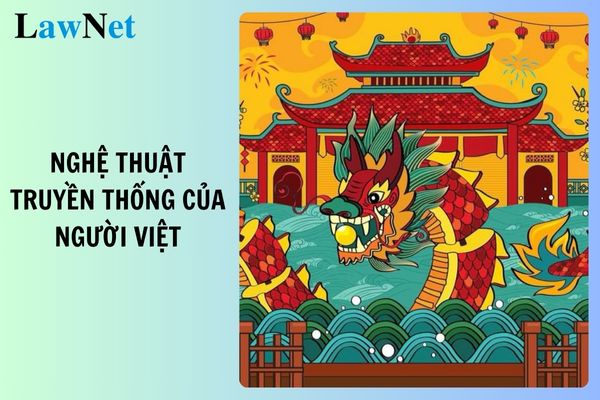
What are the guidelines for preparing the brief lesson "Nghệ thuật truyền thống của người Việt"? What are the levels of general education? (Image from the Internet)
How many levels does general education in Vietnam include?
Under Clause 1, Article 28 of the Law on Education 2019, the regulation on educational levels and entry ages is as follows:
Educational levels and entry ages
1. Educational levels and age groups of general education are regulated as follows:
a) Primary education lasts for 05 school years, from the first to the fifth grade. The entry age for the first grade is 06;
b) Lower secondary education lasts for 04 school years, from the sixth to the ninth grade. Students must complete the primary educational programme before entering the sixth grade. The entry age for the sixth grade is 11;
c) Upper secondary education lasts for 03 school years, from the tenth to the twelfth grade. Students must complete the lower secondary educational programme before entering the tenth grade. The entry age for the tenth grade is 15;
...
According to the above regulation, general education includes 3 levels: primary education, lower secondary education, and upper secondary education.
What are the objectives of general education in Vietnam?
According to Article 29 of the Law on Education 2019, the objectives of general education are:
- The objectives of general education are to help learners develop comprehensively by acquiring morals, knowledge, physical health, aesthetic values and other basic skills, develop personal abilities, flexibility and creativeness, with a view to forming the socialist Vietnamese personality and the civic duty, to preparing them for further studies of higher education, vocational education or entering the workforce, participating in the building and defending of the Fatherland.
- Primary education aims to help students form initial foundations for moral, intellectual, physical and aesthetic development and capacity, preparing them for entering lower secondary education.
- Lower secondary education is directed towards students' consolidation and development of the outcomes of primary education, provision of general and basic knowledge along with introductory understanding on techniques and career orientation to enter upper secondary education or vocational education.
- Upper secondary education is directed towards the provision of civic knowledge; students' consolidation and development of the outcomes of lower secondary education; completion of general education and acquisition of common understanding on techniques and career orientation; provision of opportunities for students to develop their personal abilities in order to choose their development direction, to enter higher education, vocational education or the workforce, contributing to the building and defending of the Fatherland.
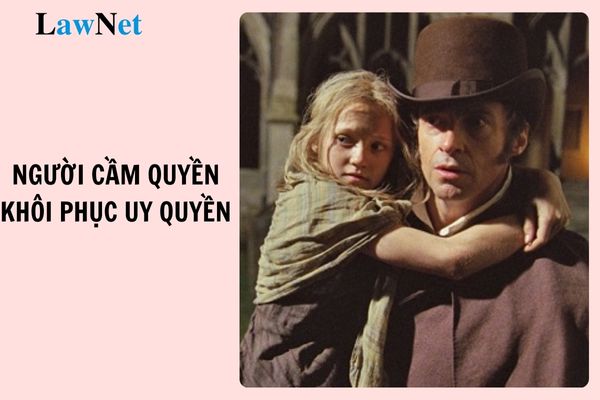
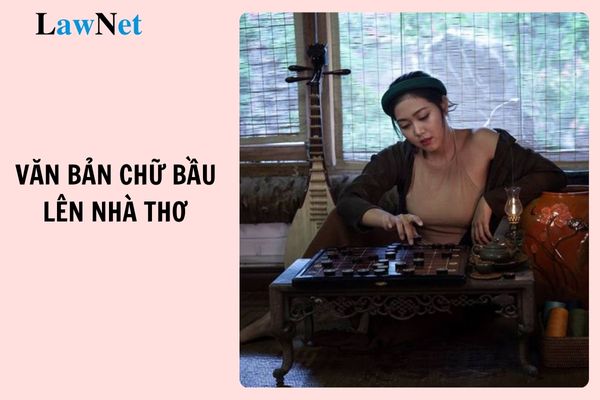

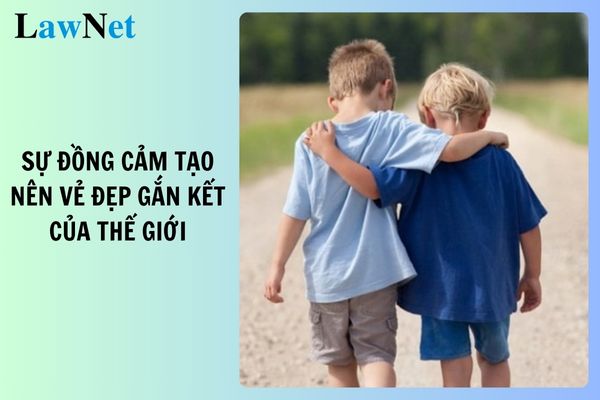
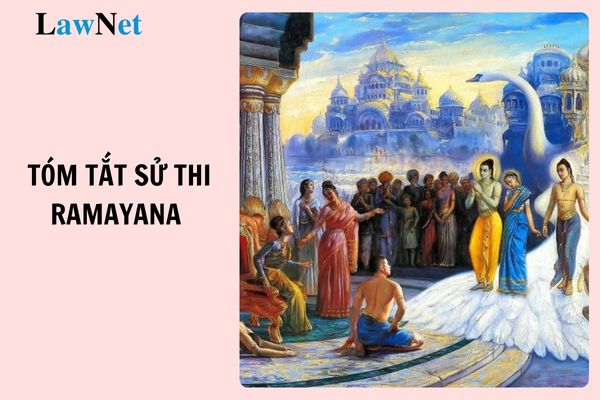
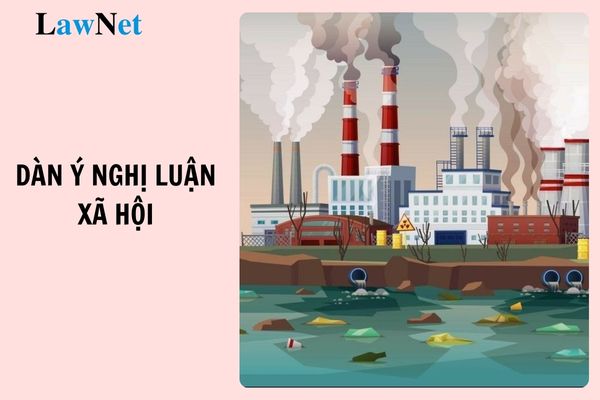
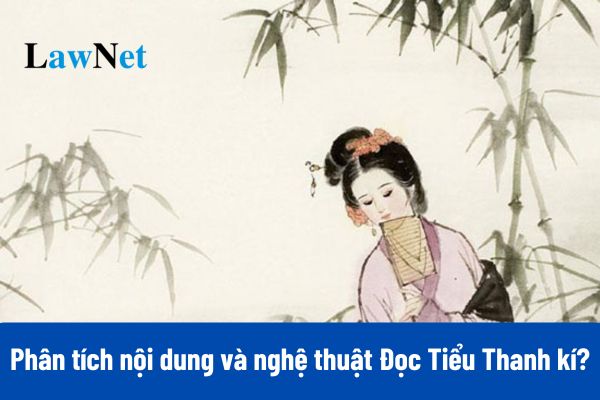

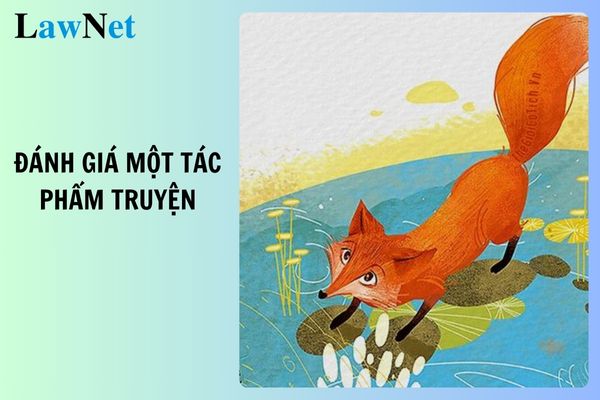

- What are the 10 best sample argumentative essays on gratitude? What are the regulations on the attire of 7th-grade students in Vietnam?
- What are the 04 best sample analysis essays on the story "Lặng lẽ Sa Pa"? What are the general objectives of the Literature curricula in Vietnam?
- What are the 03+ sample outlines for expressive essays on people or events for 7th-grade students in Vietnam? What are the duties and powers of lower secondary schools in Vietnam?
- What is the sample outline for an analysis essay on Kim Lan's short story "Làng"? How many periodic assessments per semester do 9th-grade students in Vietnam undergo?
- What are the regulations on the method of enrollment for lower secondary education in Vietnam?
- What are the 03 sample essays on a form of art? What are the objectives of the Vietnamese language subject at the primary level?
- Is Decision No. 448/QD-BGDDT 2025 regarding the establishment of an inspection delegation for compliance with Circular 29 on extra classes in Vietnam available?
- What is the list of universities applying admission by academic records in Ho Chi Minh City in 2025? What are the priority policies in enrollment for undergraduate programs in 2025?
- What is the enrollment plan for 6th grade and 10th grade for the 2025-2026 school year in Quang Nam Province?
- Does the People's Police Academy of Vietnam announce the enrollment of 530 candidates in 2025?

